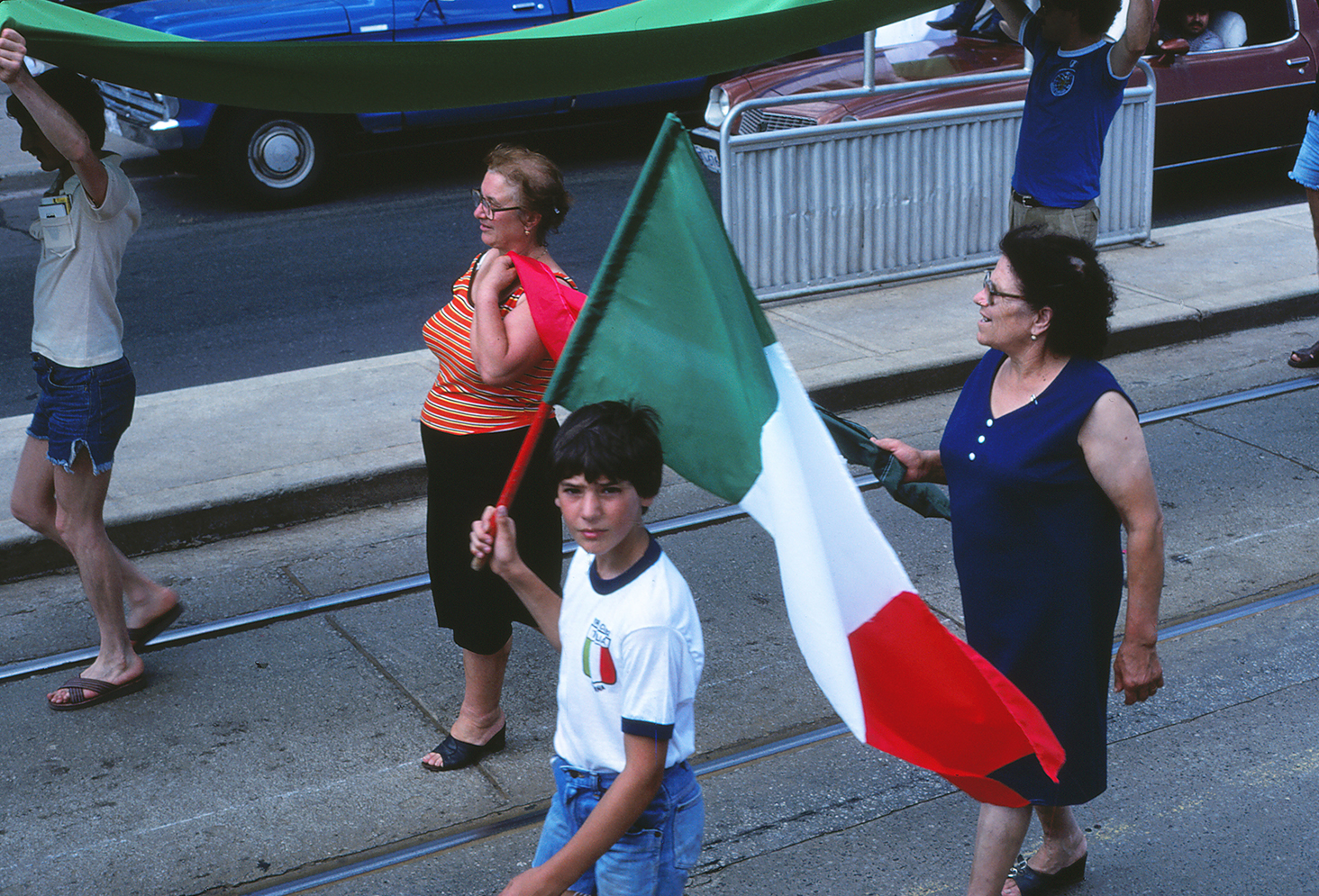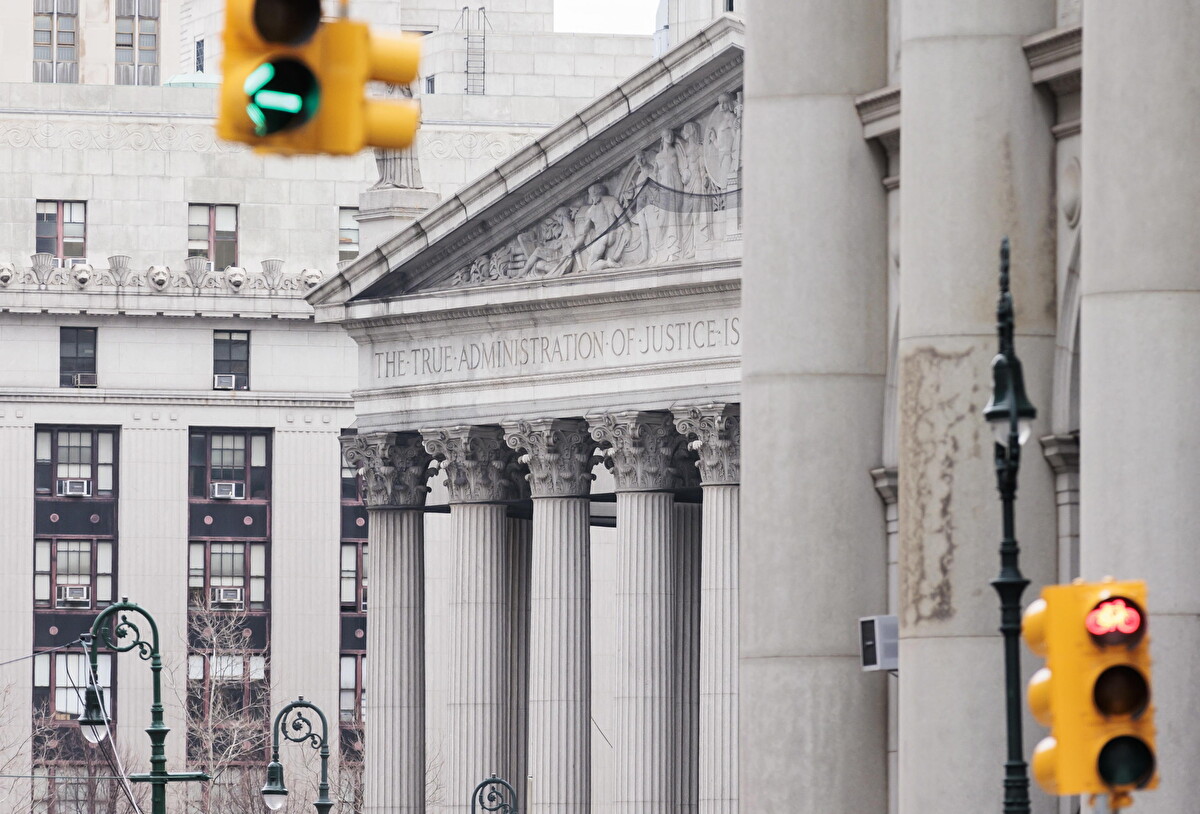On the afternoon of Sunday, July 11, 1982, the brilliant victory of Italy’s Azzurri team clinched another World Cup of soccer, its third. The game not only made sports history but it had a transformational impact on Toronto’s Italian immigrant community.
At the time, 300,000 residents identified as being of Italian origin in Toronto. They were still a predominantly working-class, with a strong work ethic, deep family values, and a quiet, unassuming lifestyle — ideal immigrants. They felt uncomfortable in the conservative social climate of the largely English-speaking city, whose residents were generally tolerant but not outwardly friendly towards immigrants.
Every Italian family knew the stories from the 1960s, of how when small groups of men paused in heated arguments during their passeggiata (leisurely stroll), a patrolling police officer would order them to move along, presumably because they feared what their passionate conversation might pose a menace to society. But by the early 1980s, the new generation of Italians were coming into their own with a new-found sense of collective identity as Canadians.

Yes, they were the children of immigrant construction workers and garment workers, but they were born or raised in Toronto, and had been educated in the province of Ontario’s progressive public school system. More importantly, they savored the fruits of multiculturalism, which was officially proclaimed by the Canadian Parliament in 1971 as a foundational principle of inclusivity. They were on the cusp of breaking away from Old World servitude to assert themselves as part of the landed gentry of Toronto. Their moment would come with Italy’s historic win of the World Cup.
Within moments of that famous goal, the earth-shattering roars came in unison from all across Little Italy: homes, cafés, and bakeries on St. Clair — wherever there was a television set. People streamed outside, and traffic came to a standstill, as cars were abandoned on the wide avenue that suddenly was transformed into a linear piazza.

An impromptu people’s parade materialized within minutes. There was no organized plan, no parade leaders, no mascot, no floats, no sponsor, and no police escort. But so orderly, so Canadian! The staid city of Toronto had never experienced anything like it, as sports fans and teenagers were joined by nonnas dressed in black and entire families with infants in strollers. They played accordions and trombones and drums, they danced and kissed strangers and waved Italian flags until St. Clair was awash in green, white and red. Shops ran out of flags, so people made their own. The police were forced to close a two-mile section. The massive street party lasted well into the night.
It was the largest crowd in the city’s history up to that time — 200,000 people— and the collective passeggiata signaled a seminal change in how Toronto would henceforth see itself. With the euphoria of World Cup, Toronto experienced a reawakening to its own reality, and a new collective consciousness as a “city of immigrants” soon emerged in popular culture. The historic event set the tone for decades; today the streets are routinely closed as different ethnic groups hold impromptu street celebrations after every major international sports tournament.
On that fateful day of July 11, 1982 the Italian immigrants changed Toronto forever.
Adapted from Vincenzo Pietropaolo’s latest book, Toronto as Community Fifty Years of Photographs.









